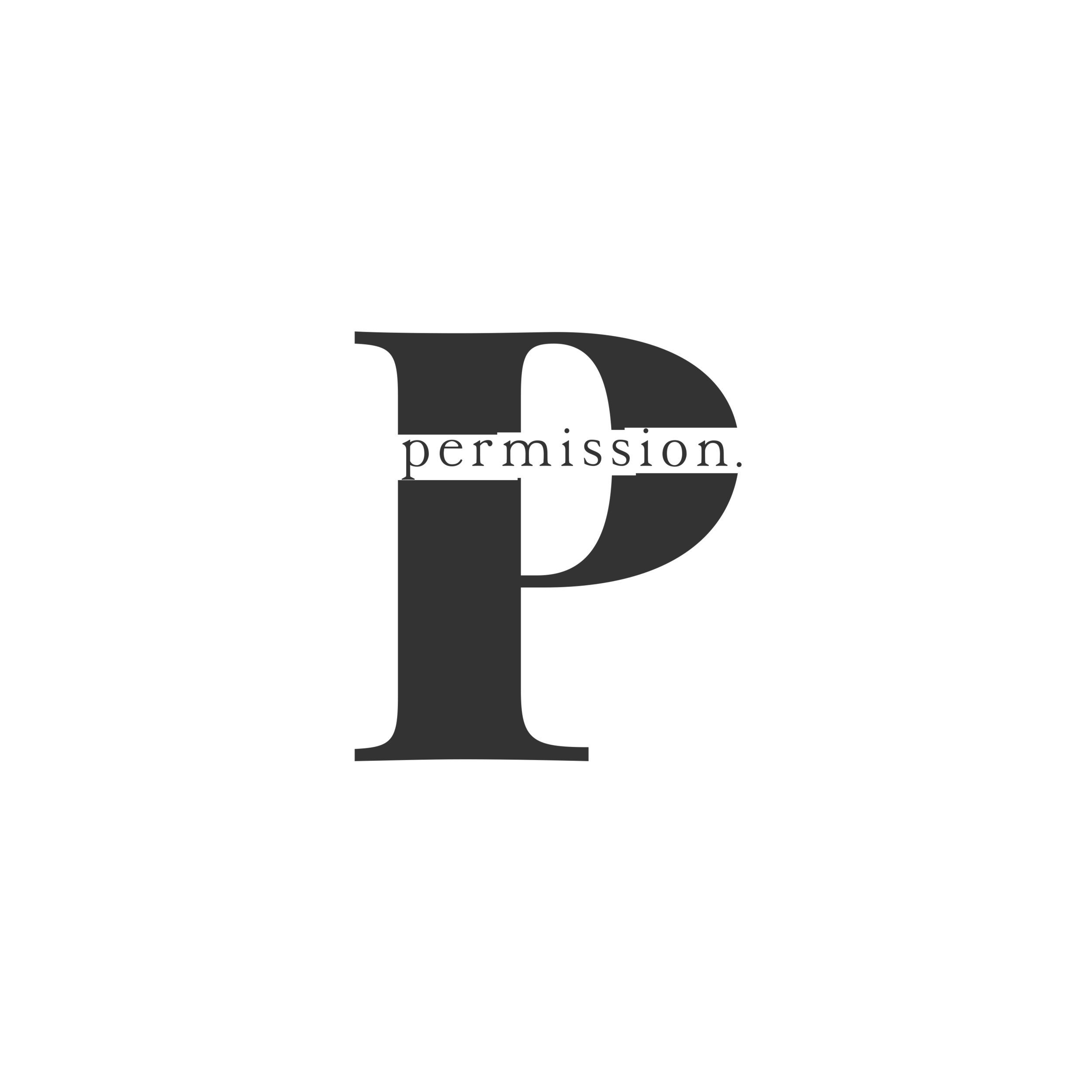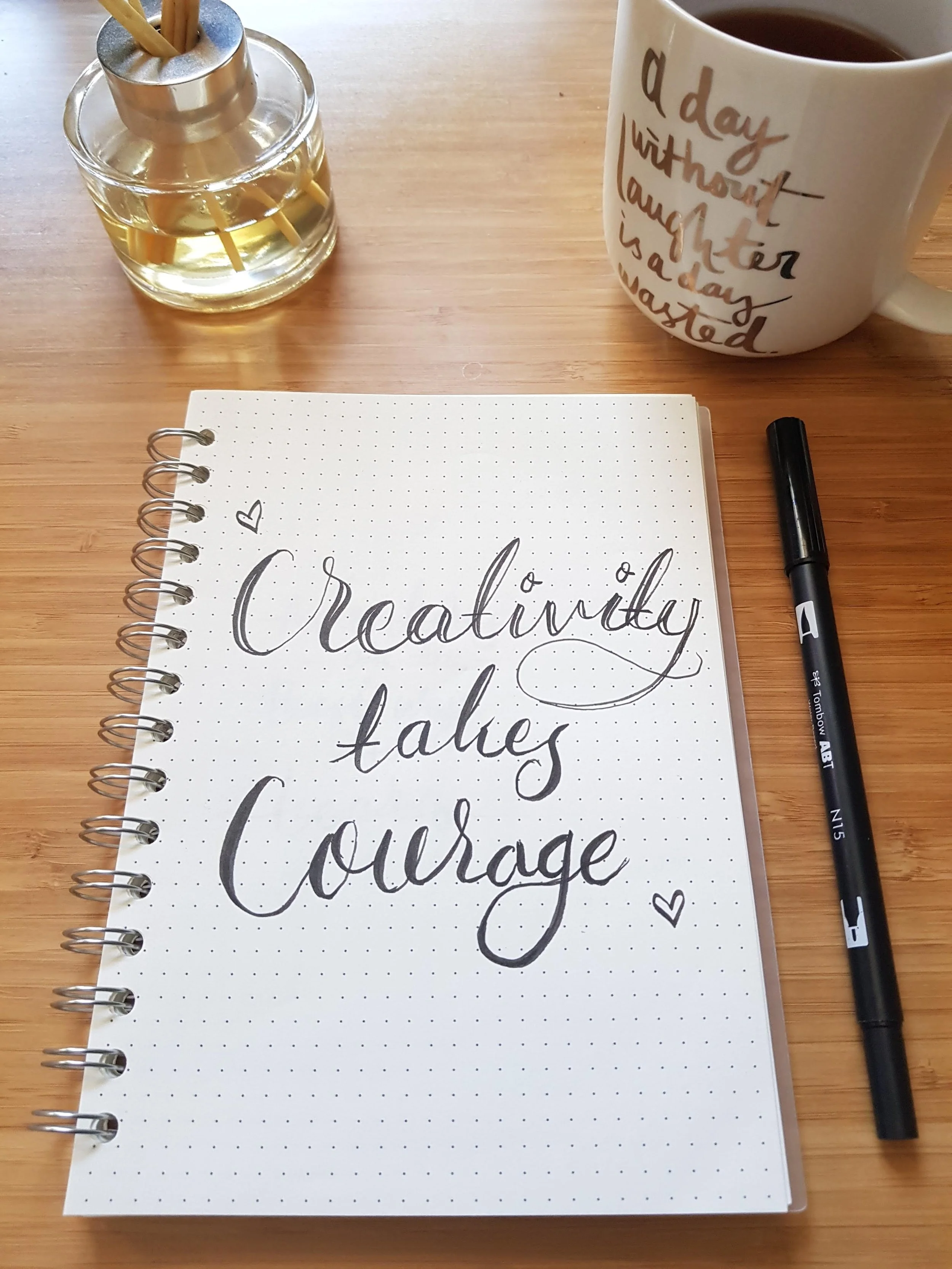the craft. a look at structure.
Lately, I’ve been thinking a lot about structure and approach when it comes to writing. I found myself in the past wondering, how do you know when to go to an all-knowing narrator? How do you know when the first-person feels right? How do you manage the breaks or know when to create a new chapter? A big factor in getting these answers is experience. The more you write, the more you read, some of it becomes intuitive. The other part of it comes from extraordinary editors’ input.
Although we know what works and that books and articles do follow a certain blueprint so to speak, I think at times we forget that writing is still a creative process. This means that we can decide to push the boundaries or do something different at any time. We can listen to what our story may be telling us it needs.
I’m thinking of Gabrielle Hickmon’s story on Spades. It would have been a great essay and research piece regardless, but the added visual elements to the story brought a creative piece to life. The interviews inject different experiences which give the piece perspective. Not to mention the piece was turned into actual playing cards. How cool?
When I was reading Real Life by Brandon Taylor, I was intrigued by the fact that the whole novel took place during a weekend. It was interesting to me that you could tell such a rich story in a short amount of time. Or how time can be used as an interesting element within the plot.
When writing Good Morning, Love, my editor challenged me to highlight time more. We wanted to keep that in the forefront, this countdown helped to create suspense and anticipation. What’s going to happen when this time limit comes to a head?
I’d originally started my debut in third person and it was GG Renee who read early pages who suggested I switch to first person. It added a different pacing to the story that I think was necessary to make it move. For the action to be felt as the character was experiencing it. I’m glad I was able to make that change early in the process.
The last note here is that I also called the chapters “tracks” instead of chapters. It was a natural thing for me because I was writing a story about music. I just tried something different and that was one of the first things my editor said she loved.
I also recently finished The Final Revival of Opal & Nev by Dawnie Walton. What I thought was interesting in this novel was its immersive approach from a journalist perspective. The book is a series of interviews and editor’s notes that tell the story of a bi-racial duo and their journey to a reunion tour. It felt like I was reading a documentary, and your girl loves a good doc.
What I appreciate about reading, and reading diversely, is how much it unlocks new ideas on how to approach my own work. After reading Opal & Nev, I felt like it gave me permission to include flashbacks in my current work in progress. Things clicked for me in how I wanted to tell that story.
Writing has felt so linear to me in the past but the more I understand the true importance of editing, the less constricted I feel to writing in a linear way. Writing at times, to me, is a puzzle. A puzzle doesn’t come together in a smooth line. It’s piece by piece. A portion of the picture by a portion, until eventually you make a beautiful photograph. How many times have you transcribed an interview before you knew what the heck you were actually going to write? But eventually, a story starts to take shape and those soundbites can be arranged in a way to tell an artful story.
We don’t have to get too crazy here. I mean a three-act structure in storytelling works for a reason, right? But we also don’t have to be confined. What is the story telling you about how it should be told? It may not come to you right at the beginning. Just start where you are. But don’t ignore that small voice that may be nudging you in another direction.
I’m challenging myself and maybe you will too, to think about how structure adds to or can detract from your story.
Writing/Job Opportunities
Shondaland is accepting pitches about love stories for February. Pitch personal essays on platonic love, fairytale romance or any love story you’d like to tell. pitches@shondaland.com. ($500 rate.)
Mark Armstrong is working with Dawnie Walton and Deesha Philyaw on a short fiction audio project. ($200 rate.) Email with info about yourself, what you love to read, and share any links to your work: theshortfictionproject@gmail.com
Resistance & Resilience is accepting submissions for their Spring period. ($75 rate)
The Stella Kupferberg Memorial Short Story Prize is accepting submissions. Judged by Min Jin Lee. Submit by March 4, 2022 for possible $1,000 prize and 10-week course with Gotham Writers.
HBO Max is hiring a Manager, Editorial Strategy.
Roxane Gay is offering the Joel Gay Creative Fellowship in partnership with Substack to support three emerging writers as they develop and publish a newsletter.
Triangle House Literary is hiring an Agent & Publicist.
Pantheon Books is hiring an Associate Editor.
ESPN is hiring an Associate Editor, Digital Editorial. (NBA Team, Bristol or LA)
USA Today is hiring an Audience Editor.
CNN Politics is hiring a Section Editor.
A Public Space is accepting applications for their 2022 Editorial Fellowship. Deadline: Jan. 31st. Program is 9-months March -December.
To Be Read
Books By Black Authors We Can’t Wait to Read in 2022
Wine’s Most Inspiring People: Julia Coney - Writer, Educator, Speaker
Additional Resources
8-Week Online Fiction Workshop: Rethinking Plot and Movement (Catapult)

